The Arthouse Origins of Wes Craven’s ‘The Last House On The Left’
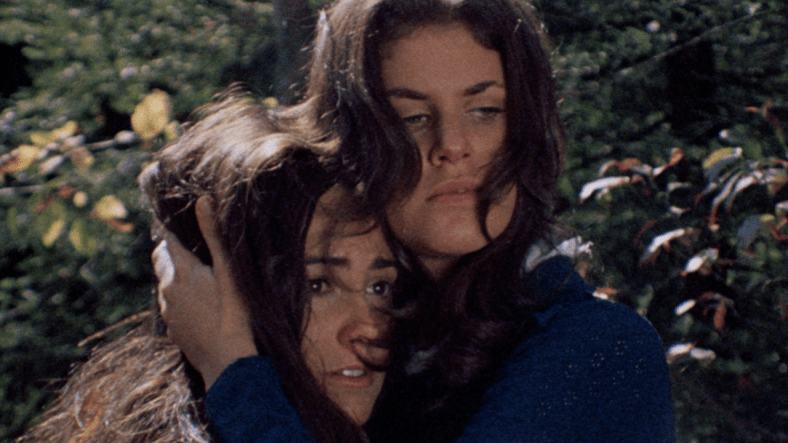
If you weren’t around in 1972, it would be hard to grasp just how damn controversial Wes Craven’s The Last House on the Left was. Made for only $90,000, the flick was a joint venture by Wes Craven and Sean Cunningham of Friday the 13th fame. After maneuvering around the MPAA’s relentless attempts to give the final film an X Rating, Craven only expected The Last House on the Left to receive a limited distribution on the grindhouse circuit. With its snuff-films styling and uncompromising depiction of sexual violence, it would’ve blended right in with the underground and hardcore flicks that were emerging in that scene.
But lo and beyond, thanks to some clever marketing that included an infamous ad campaign, The Last House on the Left became not only a sleeper hit but one of the most provocative films of the decade. Sure, nowadays we have gross-out horror like The Human Centipede or the extreme deprivation of A Serbian Film to engender the tiniest spice of moral panic. But that’s minuscule compared to the fierce debate surrounding Craven’s film, or the hostile backlash he received. He was literally sent back reels of the film by theaters owners who had torn it apart in a rage.
Also Read: An Insidious Truth: Hollywood Could Learn from Horror
Be that as it may, The Last House on the Left managed to defy its accusations of meritless smear and become not just a cult classic, but the herald to an era of more intellectual and auteur-driven exploitation films. Not only did it launch Wes Craven’s prolific career, but it was remade in 2009 with a cast that included respected actors like Tony Goldwyn and Garret Hendlend. The remake has gone on to amass a cult following of its own, to the point where there’s a 4K restoration from Arrow Video on the horizon.
It definitely helped Wes Craven to have notable defenders on his side, the most shocking of all being Roger “Half-A-Star for Hellraiser” Ebert. Anyone who’s a fan of ol’ Rog, which I certainly am, would know the depth of his contempt for slasher cinema, ironically including future Wes Craven movies. Before he would go on to lead the charge against I Spit on Your Grave and the Friday the 13th movies, Ebert gave this tale of torment and torment three-and-a-half stars.
Many of his fans were shocked and even outraged that a hyper-snob like Ebert would stop to the lows of recommending a movie like The Last House on the Left, but he continued to defend his stance on the film. Even despite the flick’s ultra-violence and sadism, Ebert found something truly compelling about the story of law-abiding parents who take an act of grisly revenge against a band of criminals that raped and murdered their young daughter.
Also Read: 16 Unmissable Wes Craven Movies You Can Stream Right Now
That might be because The Last House on the Left was actually a remake of an Ingmar Bergman movie. Yes, that Ingmar Bergman. That guy with all those movies on the Criterion Collection. As critics and audiences would realize, The Last House on the Left was actually an unofficial American remake of The Virgin Spring. Though it won an Oscar back in its day, it seems that The Virgin Spring has become eclipsed by Bergman’s more seminal works like The Seventh Seal. True Bergman enthusiasts certainly celebrate the movie to this day, but don’t elevate it to the ranks of Bergman’s S-Tier masterworks. Ironically, and might be heretical to say, but you could make the argument that Wes Craven has done the most to preserve The Virgin Spring’s legacy for American audiences.
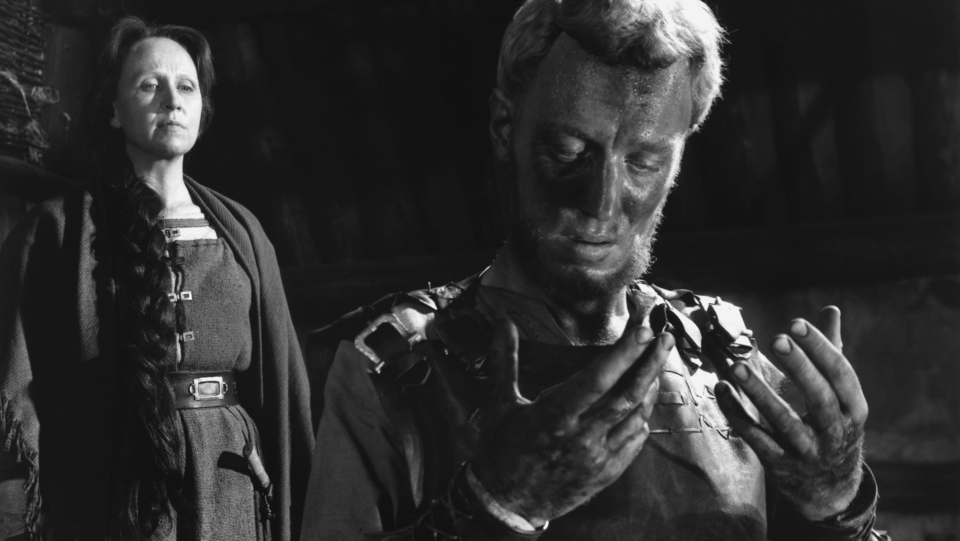
But step back for a moment and imagine that somebody has announced that an Ingmar Bergman remake is hitting theaters. Could you have imagined that film would be the progenitor of the rape-revenge genre? Obviously, The Last House on the Left isn’t a typical remake. This is no shot-for-shot work of plagiarism or slavishly loyal retelling. No Gus Van Sant in sight. This is a reimagining down to the DNA. No, more than remaking or even adapting Bergman’s work, Wes Craven translated The Virgin Spring to a different, burgeoning genre. It’s driven by different cinematic impulses, but still brings this timeless story of retribution to a new audience.
Also Read: ‘Bystanders’: Ultra-violent New Revenge Slasher From DREAD Reveals First Look Images
Structurally, there’s little difference between Bergman’s and Craven’s vision. The premise of both films sees a band of savages assault and murder a young girl before inadvertently seeking shelter in the home of their victim’s parents. Once said parents discover who their guests are and what they’ve done to their daughter, they ultimately decide to take an equally savage revenge.
The most immediate difference is that The Virgin Spring is set in medieval Sweden, while The Last House on the Left takes place in 1970s suburban Americana. Interestingly enough, The Virgin Spring was actually based on a classic Nordic ballad, so we’re already beginning with an adaptation of sorts in Bergman’s word. An adaptation that took liberties with the source material, because the ballad supposedly has a twist ending where the vengeful parents learn that their daughters rapists acutally turned out to be their very own long-lost children, complicating the moral equation of their revenge. No such discovery is made in Bergman’s version, focusing on the more fundamental question of violence: is taking a life ever justified?
Also Read: ‘Pollen’ Review: Greek Mythology Meets Real World Horror
Now, despite Ingmar Bergman’s high-brow and prestigious reputation, he was no stranger to provocative content. Many of his films were met with controversy in their day, including the sexually charged Summer with Monika, which was re-cut in the United States to be an sexploitation film dubbed, Monika, the Bad Girl. So Bergman’s films already had elements that drew the exploitation film market, which was already trying to capitalize on his filmography.
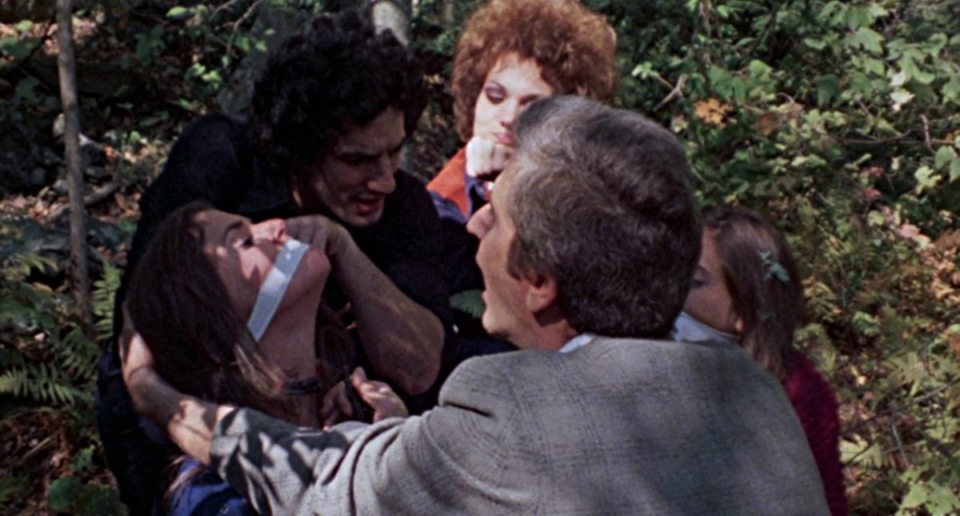
Though The Last House on Left represented a truly drastic transformation of Bergman’s text, because instead of re-editing Bergman’s film to emphasize or enhance the most visceral elements, Wes Craven hijacked it in a sense and took it to the most desolate, nihilistic destination. If you were to take an Ingmar Bergman movie and turn it into some kind of grindhouse throwback now, I would say that that’s the most film-school bullshit I’d ever heard. But Wes Craven was operating in a different time when the grindhouse scene was still in formation. With The Last House on the Left, Craven plants his flag and declares himself a pioneer of the movement.
Also Read: ‘Brooklyn 45’ And The Importance of Messy Queerness [The Lone Queer]
Some of the key distinctions between these two wildly different interpretations simply come down to cosmetics and circumstance. The Last House on the Left, again, only had a budget of $90,000, which would roughly equate to nearly $600K after adjusted for inflation. As any micro-budget director would know, that meant Craven had to make this movie on the quick and cheap. If I had one word to describe The Last House on the Left, it would be “crude,” for better and for worse. It’s clear that the crew didn’t have the schedule to get optimal coverage, so many scenes are comprised of only a few angles, like some voyeur is videotaping the whole thing. The film stock is grainy, almost like it hasn’t been touched by a professional post-production house.
While The Last House on the Left is most definitely not a snuff film as was rumored at the time, it bears the same raw quality. Craven’s direction is precise, thankfully ensuring this isn’t a point-and-shoot fiasco. Despite those auteur touches, though, there’s nothing safe or protective about the presentation here. That famous trailer had to remind audiences that “they were only watching a movie” because audiences weren’t prepared for how stripped-down and unpolished it would be. That’s the same sort of genius that Tobe Hooper rode to success with The Texas Chain Saw Massacre. But The Last House on the Left seems even less choreographed.
Also Read: These 10 Horror Movies Will Make You Feel Like You’re Being Watched
Other than some terribly inappropriate humor and bizarre musical choices, there’s few stylistic choices that reveal The Last House on the Left to be a fictional narrative and not a sordid series of murders captured on film.
Then you look at The Virgin Spring. Wes Craven was an amateur director getting his start, but Ingmar Bergman was a seasoned professional who had already made some of the most critically acclaimed films of all time. Needless to say, The Virgin Spring is an immensely measured and controlled product that reflects a more methodical approach. He enthralls us in the routines and environment of our characters before the action even starts, submerging the audience in the ritualistic lifestyles of its humble family of Swedish peasants.
What Wes Craven really does to translate his story to the grindhouse circuit is shift the original film’s entire center of gravity focus almost exclusively on one thing: suffering. Most of the screen time is devoted to depicting some act of sadism, whether physical or psychological. It’s a relentless movie that shoves your face into the dirt and never lets you look away until it’s burned itself into your psyche. Bergman’s austere storytelling keeps the action brief but fierce. Craven will take a five-minute off-screen assault and stretch it out to the entire middle act.
Also Read: The Monstrous Legacy of The Beast from 20,000 Fathoms
Craven even threw in an additional victim for the killers to torture and ultimately murder. I would say that she’s there for the body count, but there’s a more compelling analysis you could have. Our lead girl, Mari, only ever wanted to go to a concert, but her friend actually got them in this trouble by trying to score weed off of one of the villains. This is a prototypical example of exploitation films punishing young women for straying from innocence and purity. Unlike the slasher movies to follow, though, there ain’t no virginal Final Girl to triumph at the end of this flick. Mari doesn’t get to stab anyone in the eye with a coathanger. Both of these young women, despite whatever virtues or promise had, have been snuffed out.
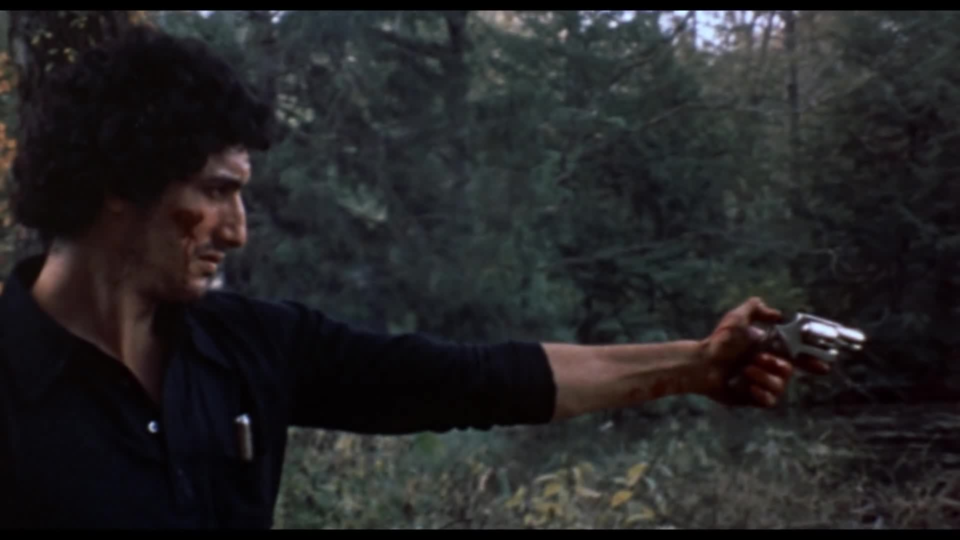
Maybe you don’t find artistic value in mutilation or torment, but this is ultimately how Wes Craven performs his alchemy and radically transforms the original into his own product. I’m not really here to assess the validity of that choice or the quality of Wes Craven’s vision as a whole, but I wouldn’t blame anyone who either hated The Last House on The Left, or who thought it was brilliant.
Also Read: Blood List: These 15 Underrated Slashers Will Make You Sick [Watch]
This doesn’t mean that The Last Hosue on the Left betrays the original’s themes. The Virgin Spring’s central conflict is what the moral implications are of a man of faith taking revenge if such an act can correct the evil that he’s suffered. When Max Von Sydow’s character ultimately takes his revenge, it’s a transformative, almost religious experience for him. It’s as if he was reborn. The Last House on the Left honors this, but in its own fashion. It’s baptism through fire, through pain. Given that Wes Craven grew up in a strictly religious household with parents that had forbidden him from seeing movies, you can start to why he would think that The Virgin Spring would be ample for his own retelling.
That’s not to say you wouldn’t get a different impression from watching these two flicks back to back. The Virgin Spring takes less than five minutes to kill off the rapists, all in a quick but still effectively shocking scene where Max Von Sydow unleashes his rage and murders them one after another. Afterward, he faces intense reflection and the movie returns to its quiet, thoughtful manner. That’s not how Wes Craven plays it.
Also Read: ‘The Midnight Meat Train’ is a Brutal Descent into Darkness [Watch]
Revenge is the entirety of the last act in The Last House on the Left. And it’s not simple, what with the Home Alone traps that our grieving parents come up with. And I don’t remember seeing Max Von Sydow busting out a chainsaw.
Finally, there’s the last critical element that Wes Craven employed and that’s the villains themselves. The Virgin Spring’s scumbags are nameless characters that Bergman has very little interest in developing. They’re not horror icons, nobody’s dressing up as these guys at conventions, and one of them is literally a child. You would think that might spare him Von Sydow’s revenge, but Max just yeets that little bastard.
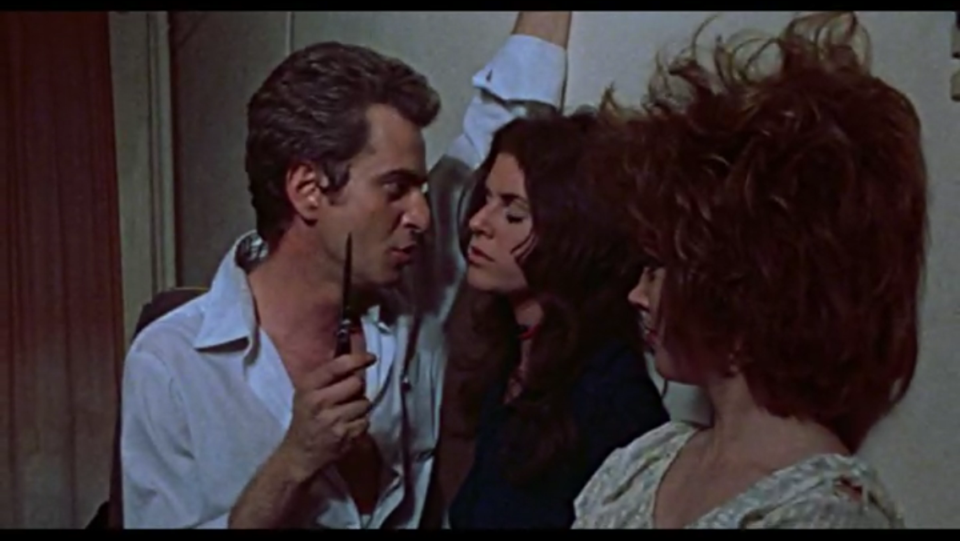
Wes Craven though, being the man who came up with Freddy Krueger, made his villains the stars of the show. Honestly, the compelling drama and character relations occur specifically between these four psychos. Maybe Rob Zombie was taking notes.
Also Read: The ‘Saw’ Apprentices, Ranked by Their Queerness
While there are four of them in total, the most famous would have to be Krug played by David Hess (Swamp Thing). He’s a cigar-chomping, vulgar brute that has a teenage son who he’s dragged into his criminal lifestyle. I don’t know if I would call Krug an iconic character, but he is a notable one, and there’s a reason why they kept this character specifically for the remake. I challenge you to find a more detestable bastard in all of cinema. You have little familiarity with the villains from The Virgin Spring, but by the end of Craven’s remake, you have the impression that Krug is one of the most cruel human beings that’s ever lived.
There’s plenty of contenders for “most disturbing scenes” in The Last House on The Left. Is it when Mari’s friend is forced to piss herself? Is it when Mari is shot in the head and she walks into the lake post-assault? My personal choice would be when Krug literally convinces his own son, easily the only sympathetic one of these sadists, to blow his brains out.
So while it’s still shocking to watch these suburban parents straight-up murder people with chainsaws and hammers, there’s also a genuine gratification, and dare I say, relief that comes when these vile characters meet their appropriately gruesome ends. Yes, I think we’re still supposed to be dismayed at the level of carnage on display, but the movie wraps up before any real introspection could take place.
Also Read: Feel Bad Cinema: 7 Of Horror’s Bleakest Endings [Watch]
The Last House on the Left, you could say, is The Virgin Spring without internal conflicts. It’s people who start out one way, and end up another. The story is told through direct actions and reactions, as opposed to the original which is meditative that has flashes of violence that serve more as punctuation.
Maybe that seems like I’m putting Wes Craven down, but he still showed genuine insight with The Last House on the Left. Not many of his contemporaries were looking to such esoteric inspirations. Remaking Ingmar Bergman is the exact type of audacious risk that Wes Craven would be famous for taking, and that’s why he’s gotten the reputation of being more intellectual than his peers. The Last House on the Left has historical value more than anything else, but don’t just watch it because it’s a rape-revenge prototype. Watch it because it’s one of the rare opportunities to see a true “re-make,” a movie that honors the ethos of its original while being driven by the voice of a unique and distinguished filmmaker.
Categorized:Editorials

